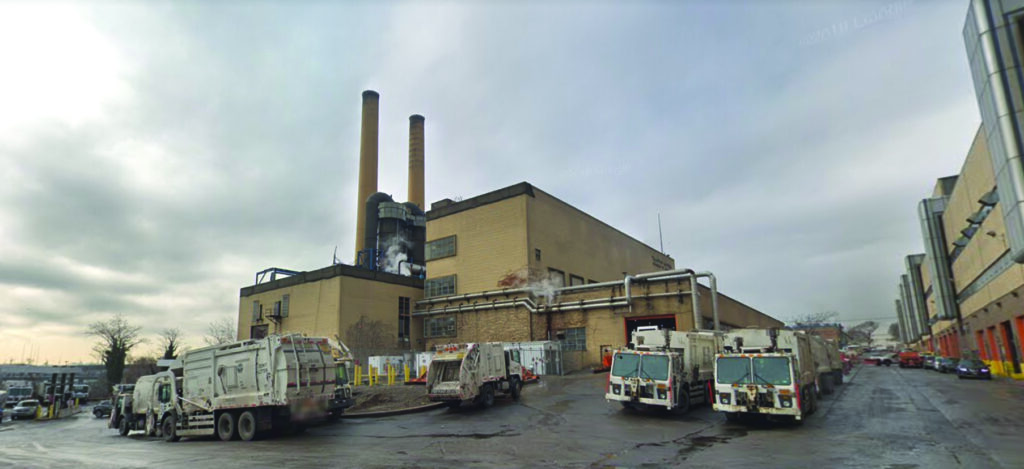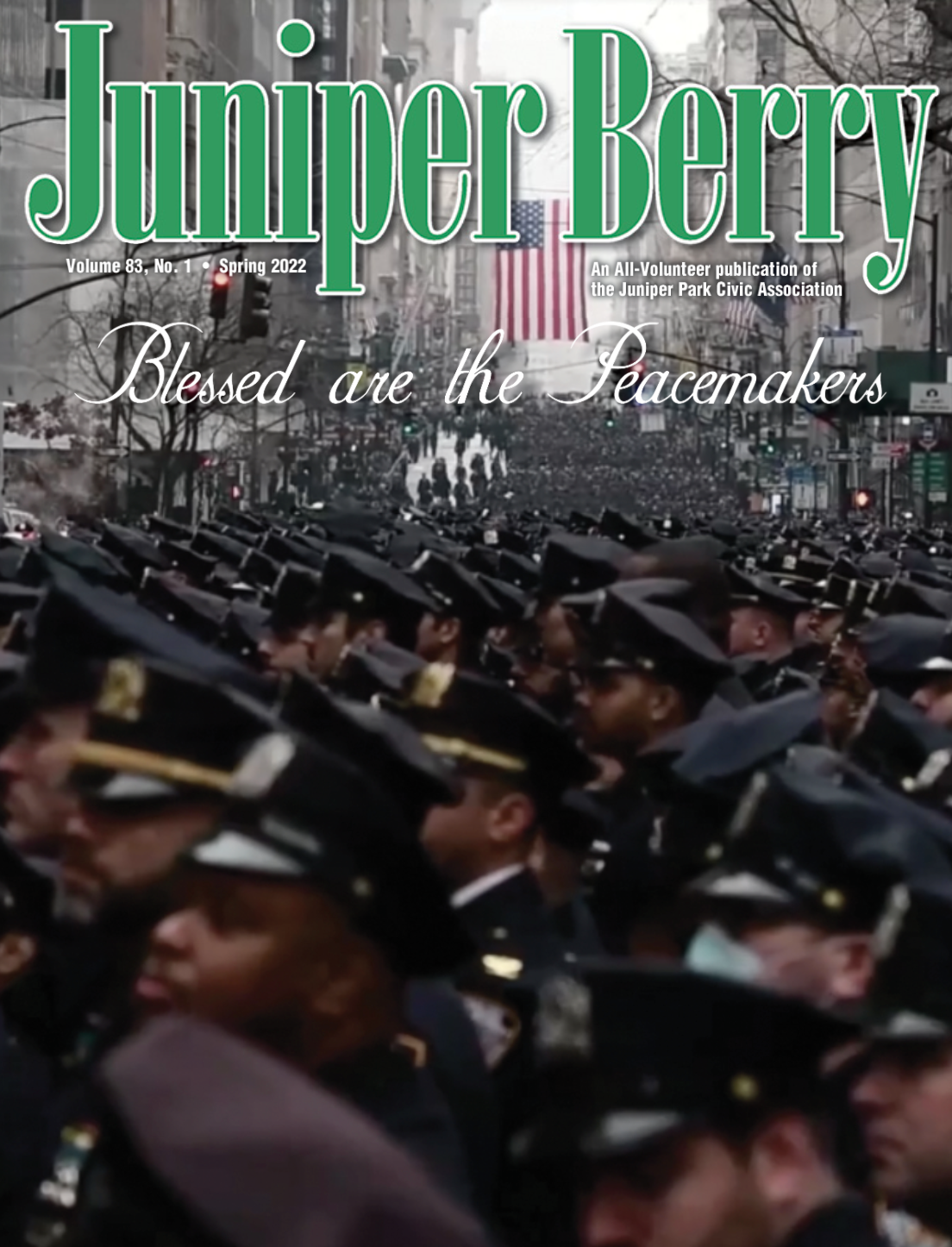Above is the chorus from a folk song written in the 1960’s by Bill Steele and sung by Pete Seeger at his concerts promoting ecology and environmental concerns.
Yes, from the beginning of time mankind had to figure out what to do with the garbage. When the world was young and there weren’t many people, it was easy to dig a hole and bury it, burn it, pile it up someplace or take it far away. Out of sight, out of mind. Well from the beginning of time, not much has changed. The methods of disposal are the same as well as our attitudes toward garbage. We are all consumers from the day we are born until the day we die and whatever we have will one day be garbage.
Much can be learned of a civilization by studying their garbage. Native people living in our area were hunter/gatherers and built their homes from trees and other natural materials. They used every part of an animal and from that made clothes, shelter, and weapons. There was very little waste and natural materials went back to the earth. Historians say oysters were a big part of native people’s diet and have found many large mounds of oyster shells.
Early explorers and settlers from Europe wrote about how abundant this area was with trees, animals, fish, and oysters. In Henry Hudson’s log he thought that the waterway that would later become Newtown Creek had a beautiful fragrance (imagine that!), but that was 400 years ago. The early settlers cut down the trees for building materials and created farmland. Much of NYC area was wetlands and Dutch settlers knew how to turn wetlands into solid ground. Up to 90% of the wetlands in the NYC area have been filled in with household garbage, ash, construction material and even chemical and industrial waste.
Every borough as we know it has been transformed over the years as we have looked for places to put our garbage. The wetlands of Jamaica Bay were filled in and Floyd Bennett Field became the first municipal airport in the city in the 1930’s. Then came Idlewild Airport (now called JFK) and large portions were filled numerous times. They have recently requested another expansion which environmental groups and neighbors are protesting. The Pennsylvania Ave dump was a mountain of garbage that was transformed into a beautiful park. The Shirley Chisholm State Park has many trees, shrubs, fishing piers and trails for hiking and biking. We used to hold our noses as we drove by on the Belt Parkway but now, we can enjoy the park and the top of the mountain has great views.
On the north shore of Queens, the city needed a new jail, so Riker’s Island was acquired in 1884. It grew from 87.5 acres to over 400 acres and from a 3-foot elevation to 10 feet elevation with city garbage. When the jail opened in 1932, corrections officers and prisoners complained about the smell and the rats and methane fires that erupted from the piled garbage, so in 1943 they stopped landfilling there. Next, the city set its sights on an airport that would be closer to the city than Floyd Bennett and chose land in Astoria where there was a small private flying field called North Beach Airport. So, more garbage was barged in from all over the city to create LaGuardia Airport. At around the same time Robert Moses had the idea to have the World’s Fair in NYC. He wanted to transform the 1,200 acres of wetlands in Flushing Meadow that were being used as a dump for ash which came from all the buildings that burned wood and coal for heat and industry. Both the airport and the fair opened in 1939. In Maspeth and surrounding areas of Newtown Creek, tributaries were shortened with garbage and landfill. The many wetlands and ponds were filled in for farming and housing.
As each borough was running out of room for landfills, NYC started dumping its garbage into the ocean. Then in 1931 New Jersey took NYC to court because all the garbage was washing up on NJ beaches. The Supreme Court gave NYC until 1934 to come up with an alternative. It was then thought that the best route would be to burn the garbage and create energy in the process. NYC opened its first of four incinerators in 1934 in Manhattan. It was supposed to be odorless but wasn’t. In 1935, residents of Inwood sued the city, and an injunction prevented the city from burning garbage there.
The city did eventually build 11 incinerators all over the city, but it wasn’t until 1970 when the Clean Air Act was enacted, that the city started phasing out its incinerators. Growing up in Maspeth in the 1950s I can remember the ash that fell from the Sanitation incinerator at 58th street. As kids we joked that it was snowing in the summer. Also, those days there were incinerators in many factories, schools, apartment buildings and most burned coal, wood, and household garbage.
With the incinerators being phased out, NYC had to find more room for landfills and Staten Island, the least populated borough, was chosen. The Fresh Kills landfill became the biggest dump in the world with the highest elevation on the East Coast and could be seen from space. The 2,200-acre landfill was closed in 2001 but it temporarily reopened after September 11th to handle debris from the tragedy. Today Fresh Kills is one of NYC’s great parks with many activities for the whole family and a home for many native animals, birds, and fish.
In 1989, a bill to ban all incinerators in NYC was signed by Mayor Koch requiring that they all be shut down within 4 years and in 1990 the last working municipal incinerator was shut down. So again, NYC had to find solutions to its growing garbage problem and the solution was to truck it, put it on barges and load up the garbage trains and take it to landfills upstate New York, New Jersey, Pennsylvania, Ohio, Carolina, and Virginia costing the city upwards of $300M a year. Trains were thought to be more environmentally beneficial but have plagued locals for years with the smell of garbage and the diesel fumes from idling engines. Residents’ complaints have gotten cars to be covered and newer engines that produce less pollution – a benefit to us all.
There is a bright spot on the garbage horizon. The Sanitation Dept wants to bring back incinerators by 2030. With new technology they feel they can operate them safely in the city again. This may be the best solution; our garbage won’t have to be sent hundreds of miles away and energy can also be generated for local use. Also, other municipalities on Long Island could burn their own trash again and won’t have to put it on trains to travel through our neighborhoods. The Sanitation Dept introduced the mantra, “Reduce, Reuse, Recycle” in the hope that it will keep more of what we consume out of the garbage stream. It is debatable how effective they have been with the recycling program. The scrap market is volatile, and as much as the city tries to separate trash, much of the time it all winds up in the dump together. The city scrapped the Compost Program even though 1/3 of all garbage is kitchen and restaurant food waste, leaves and grass clippings which could be used in parks for fertilizer.
Even the plastic industry just admitted that only about 9 or 10 percent of all the plastic that’s ever been made is recycled. Plastic is light, strong, cheap and will forever stay in our environment while breaking down into micro and nanoparticles that can disrupt the life cycles of many species. Large whales and sea turtles have been found dead with stomachs full of plastic. Plastic has also been found to disrupt reproduction hormones of fish. We have all heard about the giant garbage patches that are the size of Texas in the Pacific Ocean and even in space – the final frontier – we have amassed thousands of pieces of space junk that threaten operating satellites and space stations.
As the world’s population keeps growing, the needs and the desires for material things will grow with it. Garbage will always be around. It will be a challenge to deal with garbage in an environmentally safe and less wasteful way. We have seen the environmental disasters in the past where radioactive waste was dumped into the ocean and homes were built on chemical waste. In our area, one of the largest oil spills in US history is right in Greenpoint from oil refineries that were located along Newtown Creek.
This is a global problem that affects us all. There is great hope with the number of students learning about the environment and going into scientific fields of study that we’ll find answers to some of these problems. We know how to make a mess, but the future will be focused on correcting the mistakes of the past. After all this is our only planet……so far.
Garbage, garbage, garbage, what will we do when there’s no place left to put all the garbage?
If you want to be a “garbologist” or learn more on this topic, there are lots of good sites on the Internet. One is wastednyc.wordpress.com, which gives a lot of history and info on landfills and the future of dealing with the problem.




